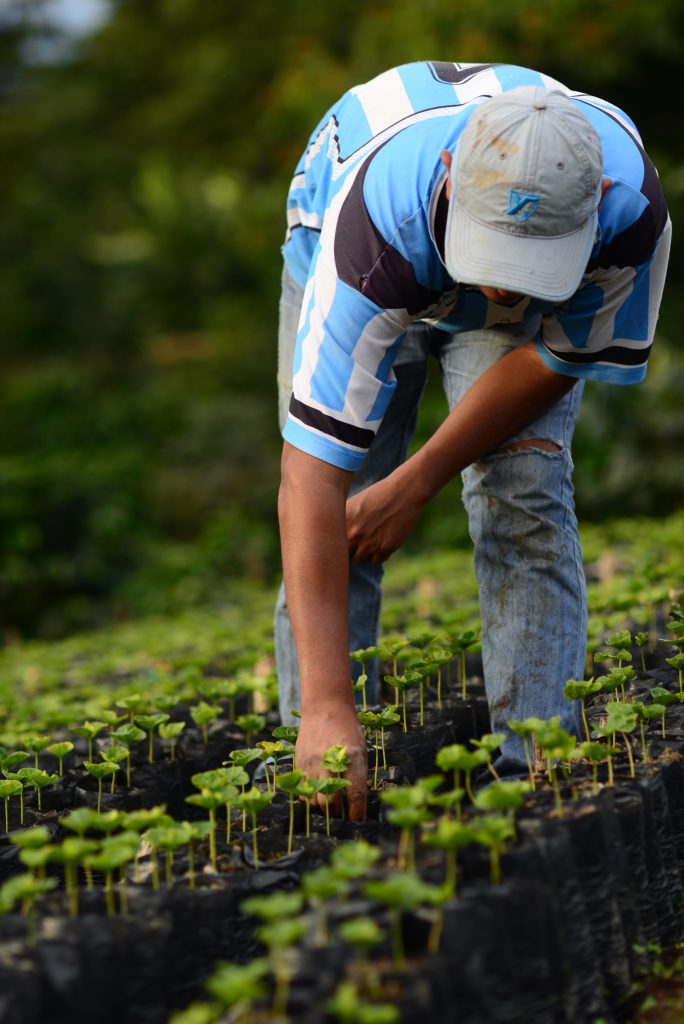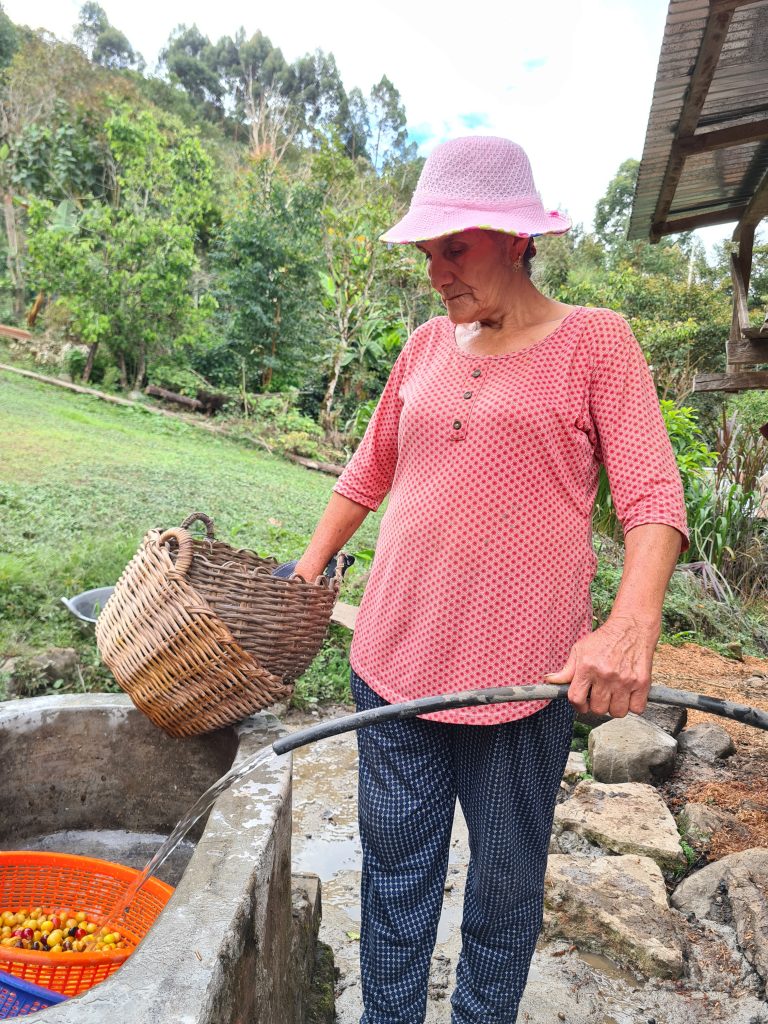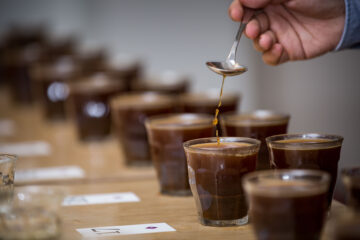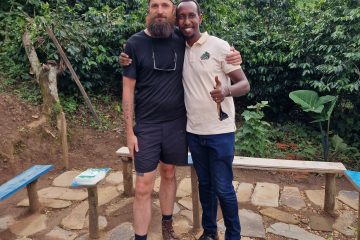Personally, I try to avoid restricting the taste profile of Peruvian coffee to only one definition, since we’re used to encountering so many different profiles…
Enki Suarez
Quality Coordinator, Tropiq
Already well-recognized for its gastronomy, chocolate and landscapes, we’re more interested in sharing one of the other unspoken treasures of Peru. Of course, we’re talking about Peruvian coffee. This country has so much more to offer than it is often given credit for. With its longstanding heritage of organic agriculture, we believe that Peru is the archetype for quality coffee production in the modern age. Their implementation of social and environmental sustainability projects go hand-in-hand with the values that the specialty coffee sector searches for.
Our last trip to Peru took us on a seven-day adventure through the picturesque region of Cajamarca. Located in the Northwest of the country with altitudes rapidly fluctuating between 400 and 4500 MASL, it is a natural paradise for coffee farming with a long history. There are registers of some plantations in subregions of Jaen and San Ignacio that date back to the 18th Century. The abrupt changes in altitude that are common in the region equate to traversing several biodiversity zones with only a few minutes of travel. From Jaen to La Coipa, San Ignacio to Colasay, all of them with unique microclimates responsible for the wide variety of flavours and characteristics that we often find in a cup of Peruvian coffee. Personally, I try to avoid restricting the taste profile of Peruvian coffee to only one definition, since we’re used to encountering so many different profiles, from florals and citrus to sweet and chocolatey coffees — not to mention the naturals, with red fruits, wine and exotic spice flavours. Peru is truly a jack of all trades!
Microlots and community blends
In our previous blog post, we mentioned some of the community blend coffees that we’re sourcing. It’s incredible to see the quality and consistency coming from these lots. These coffees benefit from the communal, focused effort of the contributors, resulting in defined and homogenous profiles in sizes of over 100 bags. One great example is our Cedros lot (PE-2021-061), an organic blend with a remarkably clean profile of delicate florals and stone fruit. While on the other side you can have a more classic profile with ripe, red fruits and chocolate, like Estrella Divina # 1 and # 2 (PE-2021-010 and PE-2021-011), (both organic, too).
When it comes to microlots, we can find a wide variety of flavours coming from the same area. A prime example is the coffee from the Chinguel Alberca family. The vast majority of these coffees are grown in the “Sport Piura” area, and although all the lots are relatively close, the cup profiles are surprisingly varied. Like those of El Pajuro (PE-2021-067) and El Cedro (PE-2021-078) grown by Maria Esmilda, the first having a very fruity profile and the second with a profile closer to lavender, floral notes.
One microlot producer that we’d like to highlight in particular is Johnny Saavedra, whose coffees have been INCREDIBLE this year. His coffee from El Acerillo (PE-2021-105) is a genuine delight, tasting like a coffee dessert with a very rich, syrupy cup profile. The presence of intense floral flavours reflects his immaculate processing methods. Fostering this relationship over a couple years, it is satisfying to see this improvement in the cup, but especially rewarding to follow his personal and family development.
From complex and delicate profiles for filtered coffees to stable and modest coffees for espresso machines, do not hesitate to contact our sales team to have the best advice related to Peruvian coffee!
Follow our partner Enki from Tropiq while visiting some of the farms in Peru.





0 Comments